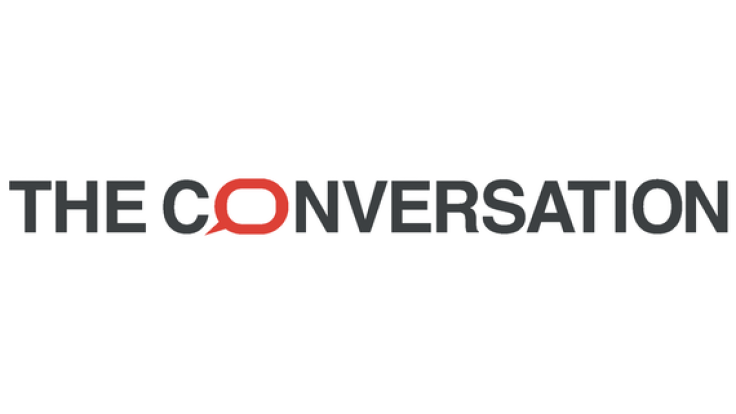How Big Pharma Donations May Influence Public Drug Coverage

The Canadian Agency for Drugs and Technology in Health (CADTH) is a not-for-profit organization that provides health-care decision-makers with evidence and recommendations for optimal use of health technologies.
It has two arms that evaluate drugs and make recommendations to public drug plans about whether they should pay for the drugs for particular uses — one for cancer and one that looks at all other drugs. Both allow patient advocacy groups to make submissions about whether a drug should be funded, and in those submissions they must declare any donations from drug companies.
My study, just published in PLoS One, examines whether such drug company donations influence patient group views.
Many conflicts of interest
I looked at 372 patient group submissions to CADTH filed between 2012 and 2018. Across most (just under 90 per cent) of the submissions, patient groups declared a total of 1,896 conflicts of interest. More than 85 per cent of the time those conflicts were with the company that made the drug under consideration.
In 13 per cent of submissions, groups declared conflicts with other drug companies. Just eight per cent of the time there were no conflicts with any drug company.
Occasionally, groups said what percentage of their budget came from the donations that they received. In a few cases, it was a substantial portion of their budget — up to 36 per cent — and in other cases it was just one to two per cent. Two patient groups didn’t see the value in providing any information about how much money that they received, saying: “We do not see the purpose of asking how much money has been contributed by any entity.”
Support for public drug plans to pay
Whether they had a conflict of interest with the company making the drug, a conflict with another company or no conflict at all, patient groups were overwhelmingly in favour of having public drug plans pay for the drug. Ninety per cent of the time they had a positive opinion about funding, nine per cent of the time a neutral view and just one per cent of the time, they had a negative view.
The arm of CADTH that assesses cancer drugs also allows groups to comment on preliminary decisions. If the organization recommended funding the drug in question then, not surprisingly, 94 per cent of the time groups agreed with that decision. If it rejected funding then almost 90 per cent of the time groups disagreed with that recommendation.
My study does not prove that funding from pharmaceutical companies directs the views that patient groups have about whether drugs should receive public funding.
However, industry funding does put patient groups in a conflict-of-interest situation, where their primary interest is in the welfare of the patients that they represent and a secondary interest is in the financial health of the companies that provide them with funding and that are marketing the drugs under consideration.
Extensive lobbying in Québec
The possibility that the position that patient groups adopt may be influenced by their funding is raised by Medicines Australia, the lobby arm of the pharmaceutical industry in Australia, in a guide published for its members. The guide says that companies sponsoring non-profit groups might find that such sponsorship increases their chances of getting their drugs publicly funded under Australia’s Pharmaceutical Benefits Scheme.
After the National Institute for Excellence in Health and Social Services of Québec recommended that the Ministry of Health not fund four cancer drugs due to cost-effectiveness concerns, the Coalition Priorité Cancer (CPC), a Québec-based patient advocacy group, denounced the decision and lobbied extensively to reverse it. It was successful for three of the four drugs.
A subsequent investigation of the group concluded that its commitment to patient members was questionable. This conclusion was based on a number of observations, including the absence of a clear position or warning against the use of bevacizumab for breast cancer, although there was no evidence that it worked, and the CPC’s focus on the issue of reimbursement of expensive, low-efficiency drugs.
In the United States, the Centers for Medicare and Medicaid Services proposed a project aimed at lowering spending on the most costly treatments offered under Medicare Part B, the federal insurance plan that covers outpatient drug costs.
The proposed reform was to study the effect of modifying reimbursement methods so as to decrease physicians’ incentives to administer the most expensive medications. In addition to drug companies and doctors’ groups, 147 patient groups signed letters opposing the project, 110 of which received funding from the pharmaceutical industry.
A cause-and-effect relationship?
Patient groups serve a valuable function, speaking on behalf of their membership to government agencies, health-care professionals and health-care institutions like hospitals, and they are often the voice of patients in the media.
However, we need to do further research to understand whether the money that drug companies give them influences how they act.
If there is a cause-and-effect relationship at play, then patient groups need to consider whether they’re serving their membership by accepting industry funding, governments need to think about working with patient groups to develop new sources of unbiased support and CADTH needs to consider the weight that it gives to patient group input.
Joel Lexchin is a professor emeritus of Health Policy and Management, York University, Emergency Physician at University Health Network, Associate Professor of Family and Community Medicine, University of Toronto.
This article originally appeared in The Conversation. Read the article here.












